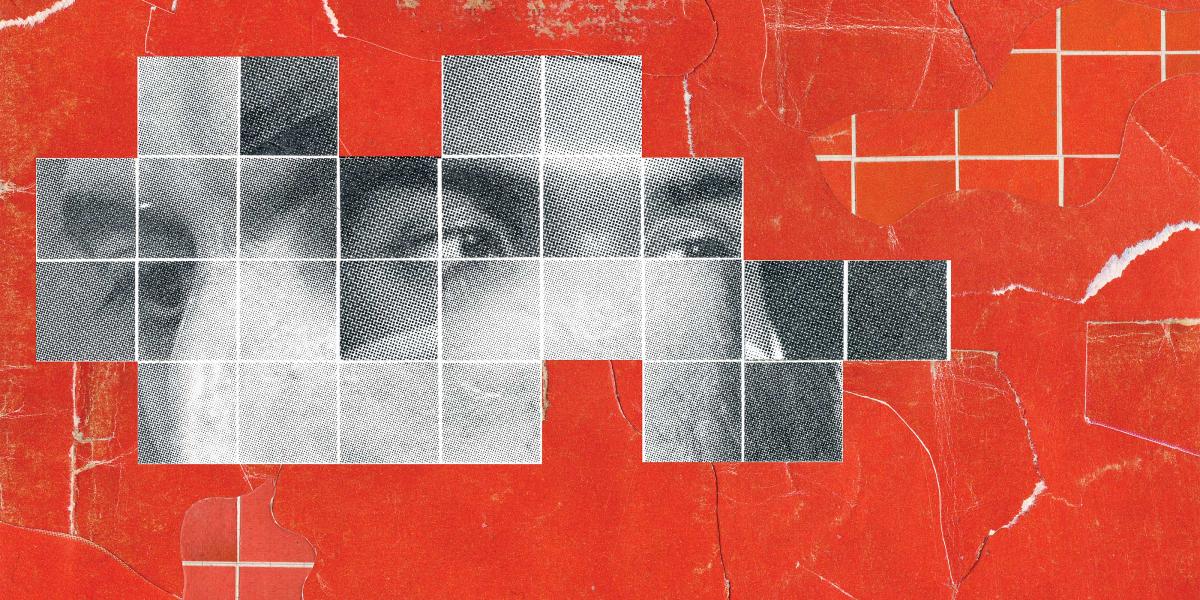COVID-19 and Suicide: A Crisis Within a Crisis
The pandemic has created a convergence of suicide risk factors that need a public health response.
Their circumstances and stories could not have been more different: An emergency department physician from New York. A German finance official. A farmer in Hyderabad, India. A teen in California and another in England. But according to their family and friends, they each experienced significant stress related to the COVID-19 crisis before ending their own lives.
The longer the pandemic rages on, the more these types of stories become more commonplace, says Paul Nestadt, MD, an assistant professor in Mental Health at the Bloomberg School and Psychiatry and Behavioral Sciences at the School of Medicine. He and other experts warn that secondary effects of the pandemic and strategies to mitigate it could spark an uptick in suicides in the U.S., accelerating a trend that’s been growing over the past two decades.
“We’ve really got the perfect storm to put individuals and certain populations at higher risk of suicide,” he says.
Some groups that had an elevated risk before the pandemic could now be even more endangered. For example, health care workers like the emergency room physician in New York—who are already suffering from burnout and are stretched thin at the best of times—are often being pushed beyond their limits. When facing unemployment, middle-aged white men, the group with the highest rate of suicide in the U.S., could experience increased economic stress, a known risk factor for suicide. And people over age 85, who have the second-highest suicide rate, could be particularly hard hit by the social distancing needed to tamp down the disease’s spread.
Experts warn that secondary effects of the pandemic and strategies to mitigate it could spark an uptick in suicides in the U.S., accelerating a trend that’s been growing over the past two decades.
“Even people with no history of mental health vulnerabilities can be severely impacted by these aspects of the pandemic,” says Nestadt. “These stressors can bring about new psychiatric issues or can lead to impulsive suicidal acts even in the absence of a classical depression.”
A sharp uptick in gun sales linked to the pandemic could make suicide attempts significantly more successful, he adds. In March 2020, Americans bought nearly 2 million guns, making it the second-busiest month for gun sales on record. Although more than a million people attempt suicide in the U.S. every year, more than half of the more than 47,000 completed suicides are by firearm, says Nestadt, whose research focuses on practical factors, such as access to firearms, in suicide deaths. “When there’s a gun in the house, the chance of death by suicide more than triples,” he adds.
Aliya Jones, MD, MBA, deputy secretary of the Behavioral Health Administration at the Maryland Department of Health, says that significantly more people have been accessing mental health crisis services recently. From February to March, there was a 45% increase in calls to the Maryland Helpline, the state’s crisis hotline. Compared to March 2019, March 2020 had an 842% increase in texts to the same service.
“The number of text conversations in March 2020 equals the number for the entire fiscal year for 2019,” Jones says. “It’s a clear indicator that people are experiencing more stress.”
A variety of measures could help mitigate this strain and potentially help decrease the risk of suicide, says Holly Wilcox, PhD ’03, MA, an associate professor in Mental Health. Several states have relaxed patient privacy and billing restrictions to give patients easier access to mental health care providers with technologies such as FaceTime or Google Duo. Peer-led support groups, such as bereavement groups and Alcoholics Anonymous, have moved online to platforms such as Zoom. Hospitals and other health care organizations are providing mental health services for frontline providers to ease the anxiety and anguish of providing care during this pandemic.
Wilcox says she believes care could be further improved while reducing strain on providers by expanding the current mental health workforce with paraprofessionals and peer providers—health care providers who aren’t licensed but are trained to deal with specific mental health issues and often have shared experience with those they care for.
“Having providers doing outreach and check-ins with patients at risk of suicide would be really ideal right now, but most psychologists, psychiatrists, and social workers don’t have the bandwidth,” Wilcox says. Such services aren’t currently billable to Medicare and Medicaid in Maryland, she adds—a scenario she’s hoping to change in the future by working with state legislators.
In the meantime, individuals can make a difference by staying in close touch with their friends and neighbors, even when social distance doesn’t allow us to be physically close, says Michael Friedman, MSW, a retired social worker, administrator, government official, and social advocate who taught at the Columbia School of Social Work. He’s participating in the development of the Baltimore Neighbors Network, a program for volunteers to call isolated seniors and keep them feeling connected. The program also provides professional mental health backup just in case it's needed.
He also believes that all of us should call isolated people we know. “Human interaction is even more important now,” he says.
